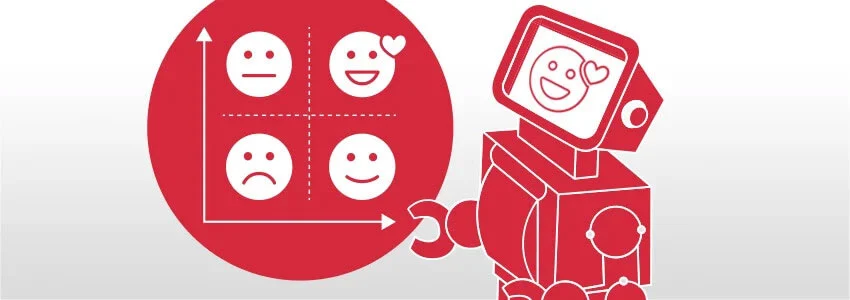Artificial intelligence (AI) is no longer a futuristic concept—it's here, and it's transforming the way we work. However, while many employees are already harnessing the power of AI in their daily tasks, organisations as a whole are struggling to keep up. This disparity between individual adoption and company-wide integration presents both challenges and opportunities.
In today's fast-paced digital world, AI is rapidly becoming a critical tool for enhancing productivity, creativity, and decision-making in the workplace. A recent McKinsey survey underscores this shift, revealing that 91% of employees are already using generative AI, with a significant portion recognizing its potential to positively impact their work experience. Despite this high rate of individual adoption, only 13% of companies have implemented AI in multiple use cases across their operations.
The Current Landscape of AI Adoption
The gap between employee-driven AI use and organisational adoption is widening. Employees are often ahead of their companies in embracing AI, using it to streamline tasks, improve communication, and foster creativity. Yet, many companies remain cautious, grappling with the challenge of scaling these individual benefits to an organisational level.
This hesitation is understandable. Implementing AI on a large scale requires significant changes in processes, structures, and talent management. According to McKinsey, organisations need to move beyond experimentation and towards strategic value capture. This involves not just adopting AI tools but also rethinking how work is done and how employees are trained and supported in using these new technologies.
Key Steps for Organisational Transformation

To bridge this gap, McKinsey suggests a three-pronged approach:
Reinvent Departments by Translating Vision into Value
Companies should focus on specific departments—such as product development, marketing, or customer service—where AI can have the most impact. By allowing these departments to tailor AI solutions to their unique needs, businesses can achieve more effective and targeted implementation.
Reimagine Talent and Skilling by Putting People First
Successful AI integration depends heavily on the people who use it. Organizations need to invest in upskilling and reskilling their workforce to ensure employees are equipped to leverage AI effectively. This includes not just hiring new talent with AI skills but also developing the capabilities of current employees.
Reinforce Changes Through Continuous Adaptation
AI is a rapidly evolving field, and organizations must be prepared to adapt continuously. This means establishing governance structures, such as a centralized AI center of excellence, and creating a culture of ongoing learning and adaptation. Companies should also encourage employees to share their AI experiences and best practices, fostering a collaborative environment that drives innovation.
Final Thoughts: The Role of Leadership in AI Adoption in the Workplace
Leadership plays a crucial role in driving AI adoption. McKinsey emphasizes the importance of leaders visibly using AI in their own work, communicating the reasons behind its implementation, and integrating AI goals into performance metrics. By setting an example and providing clear direction, leaders can help create a culture where AI is not just a tool for individual employees but a strategic asset for the entire organization.
As AI continues to evolve, the gap between individual experimentation and organizational adoption will become increasingly significant. Companies that fail to keep up risk being left behind in the race for innovation and competitiveness. However, by taking a proactive approach to AI integration—focusing on departments-specific solutions, investing in talent development, and fostering a culture of continuous adaptation—businesses can unlock the full potential of AI and drive meaningful organizational transformation.
In this new era, the key to success lies not just in the technology itself but in how it is applied and embraced across the organization. By aligning AI with their strategic goals and empowering their workforce, companies can move from experimentation to digital transformation, ensuring they remain competitive in an AI-driven world.









